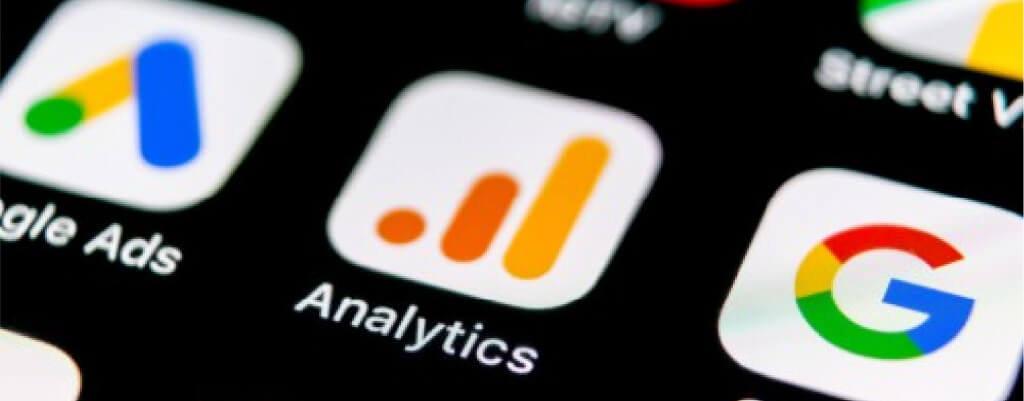Updates for Google Performance Max Campaigns that Advertisers Must Know
PUBLISH DATE: 14 July 2022
Performance Max differs from other campaigns primarily in that Google automates the targeting and distribution of the campaign based on the data that the advertiser supplies. Performance Max is a type of automated campaign that is similar to Smart campaigns but also slightly different from them.
Like responsive display ads, Google will automate ad production, but only depending on the assets provided.
There will be seven new upgrades to Performance Max (PMax) campaigns, the most intriguing of which is the option to optimize for in-store sales.
This year’s Google Marketing Live has a big emphasis on Performance Max, Google’s newest campaign category. Here is a summary of all the Performance Max-related announcements made at the Google event, along with one update that Google shared only with Search Engine Land.
Where Does Performance Max Operate?
Performance Max campaigns can run on any of Google’s inventory, which sets them apart significantly from the company’s other campaign kinds. Any of the positions filled by Search, Display, YouTube, Gmail, and Discovery campaigns can be served by Performance Max campaigns.
In-Store Sales: Since its start, Google has been gradually introducing Performance Max updates for online optimization. Now it’s time for a local add-on. To increase in-store sales, store visits, and local actions, PMax campaigns will have the capacity to optimize toward store sales goals.
Optimization score for Performance Max: Google has increased the level of automation with this feature by including automated optimization advice in their most automation campaign type. Advertisers are advised to optimize for new client acquisition using the example given. This is currently rolling out internationally.
Campaigns burst: With the use of a new “burst” option in Performance Max campaigns, advertisers will be able to run advertisements for a predetermined amount of time in order to meet in-store goals. Users can increase seasonal in-person traffic if they have in-store goals set up.
Additional Clarifications and Insights: Expanded insights will provide advertisers with more information about their Performance Max campaigns.
In Performance Max campaigns, these include consumer, audience, and auction insights. Considering the nature of the campaign type, this data might not be actionable, but it will still allow customers to see what is motivating performance.
Performance Max experiment tools: Tools for Performance Max experiments. Yes, during the event, the words “Performance Max” and “experiment” were used together. However, Performance Max campaigns won’t be the subject of any studies.
These “Experimentation tools” demonstrate how PMax can increase conversions from your current Google Ads campaigns incrementally.
Advertisers should be cautious even if this may seem ideal. These tools will use existing “similar campaigns” and layer Performance Max on top of them rather than doing an apples-to-apples comparison to demonstrate the potential lift.
Advertisers are unable to influence the ‘control’ in this trial because the similar campaigns are currently fixed. PMax campaigns may involve audiences from brands, rivals, or remarketing programmes that frequently have favorable CPA/ROAS. Given that Performance Max campaigns do not provide any useful data, it is important to carefully monitor the source of any new volume and determine whether it is incremental.
Finally, these trials are open to advertisers worldwide and are for non-retail campaigns.
More access and availability: Now, advertisers can manage Performance Max campaigns through the Google Ads app or Search Ads 360. Since the deployment, PMax campaigns have had limited access to reporting, but Google has been aggressively closing these gaps. Users of the Google Ads App and Search 360 can try this fix, too.
Performance Max for Hotels: The addition of hotel advertising will be a further update that will affect Performance Max campaigns in the second half of 2022. With the expansion, hotels will be able to use Performance Max to advertise their establishments on all Google channels, including for property-specific Search inquiries.
All hotel properties will have pre-populated asset groups in PMax, and the photographs, descriptions, and videos will be generated automatically. These property assets will also be available for review and editing by advertisers.
With these additional features, advertisers should have a few more data points and alternatives for these automated campaigns. These in-store objective improvements combined with burst promotions could provide shops with a transient means to increase traffic as we approach the Christmas shopping season.
It should be observed that the experiment tools differ from standard Google Ads trials. Use with caution since they won’t permit Performance Max campaigns to be tested against one another but rather as an addition to “similar campaigns” in your account. We will all learn more once we can examine firsthand, however these studies may resemble a Performance Max sales tool more than a genuine A/B test.







